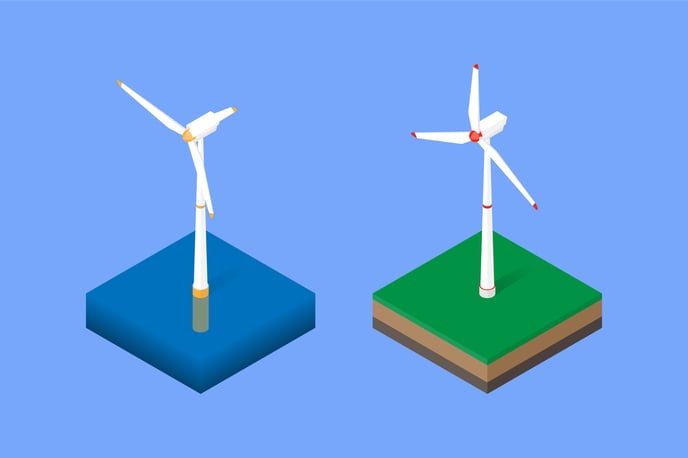Yes, depending on your wind turbine and the site location all wind turbines are exposed to some sort of risk of issues related to humidity (and salinity) in the air. It is just a question of how much and how often.

The main distinction arises from the unique environmental conditions and operating conditions that each type of wind turbine faces. It is important to note that the specific humidity issues faced by wind turbines, whether onshore or offshore, can vary depending on factors such as geographical location, climate patterns, and the turbine's design. Therefore, a comprehensive understanding of the environmental conditions and the implementation of appropriate mitigation strategies are crucial for ensuring the long-term performance and durability of wind turbines.
Onshore wind turbines located near the coast are often exposed to more extreme weather conditions than offshore turbines. This is due to moisture and salt being injected into the air by waves along the coastline.
Additionally, onshore turbines are more susceptible to rapid temperature changes, which can lead to condensation inside the turbines. This can cause serious damage to the turbines and reduce their performance over time. Dust and particulate matter in the onshore environment can mix with humidity, creating additional challenges for wind turbine maintenance and performance.
While offshore wind turbines are designed to withstand harsh oceanic environments, onshore turbines are typically designed for more moderate conditions and are therefore more vulnerable to damage from coastal storms and strong winds. The presence of salt in the air can be particularly problematic for sensitive electrical systems and turbine blades.
Proper assessment, monitoring, and mitigation strategies are crucial for ensuring the optimal performance and longevity of wind turbines in different environments.
